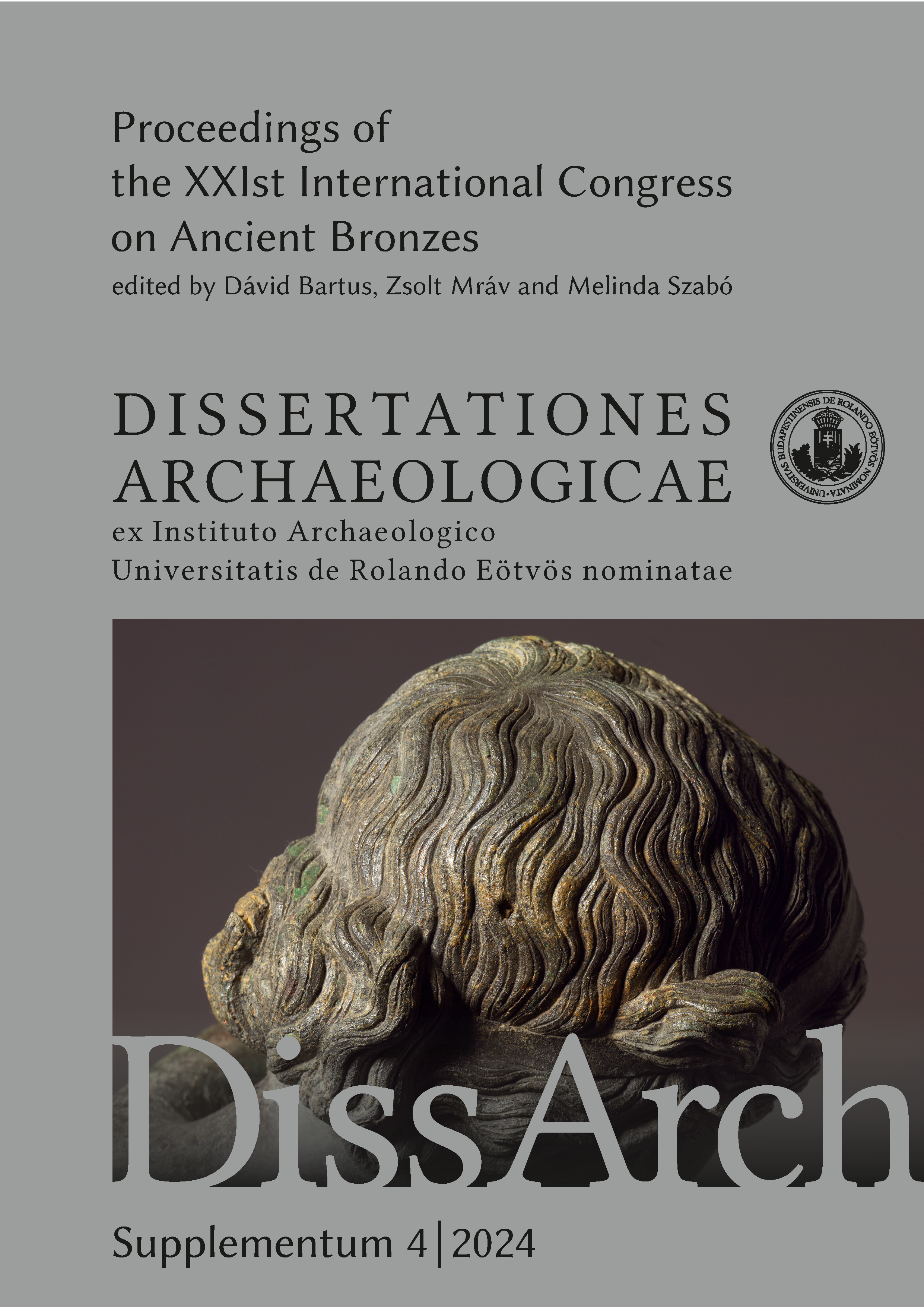The Winged Victory of Brescia: An update on its history and origin after the study and conservation project
Published 2024-09-30
Keywords
- Roman bronzes,
- conservation,
- Winged Victory,
- bronzes technology,
- museography
- Brescia,
- Opificio delle Pietre Dure ...More
How to Cite
Abstract
The Winged Victory (Vittoria Alata) of Brescia is one of the most important Roman bronzes in Italy. Discovered in 1826, it dates back to the 1st century AD. Since the 19th century the statue has undergone multiple conservation interventions. The last one started in 2018 up to 2020. The project was defined with a multidisciplinary approach which made it possible to study and compare the data obtained from the restoration with those deriving from scientific analyses, humanistic studies and other specialist research. For the first time after the discovery, it was possible to explore the internal surfaces of the statue and acquire very important data for the technological study of the work. Particular attention was paid to cleaning the surfaces; once the materials accumulated over time were removed, partly residues of past interventions, it was possible to rediscover the beauty of the face, the refinement of the modeling and the high peculiarity of the wings. New technological solutions have been studied for the internal support that replaced the one inserted in the nineteenth century to hold the arms and wings of the statue, as it was no longer suitable for guaranteeing the safe conservation of the work. Since October 2020, the Winged Victory has been exhibited in the renovated Capitoline temple in Brescia, where it was discovered.


